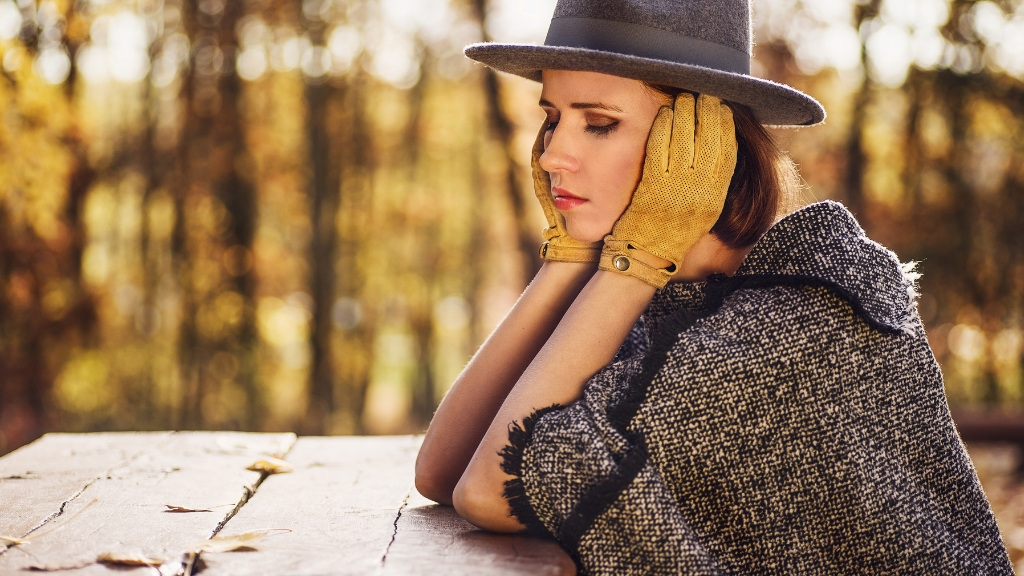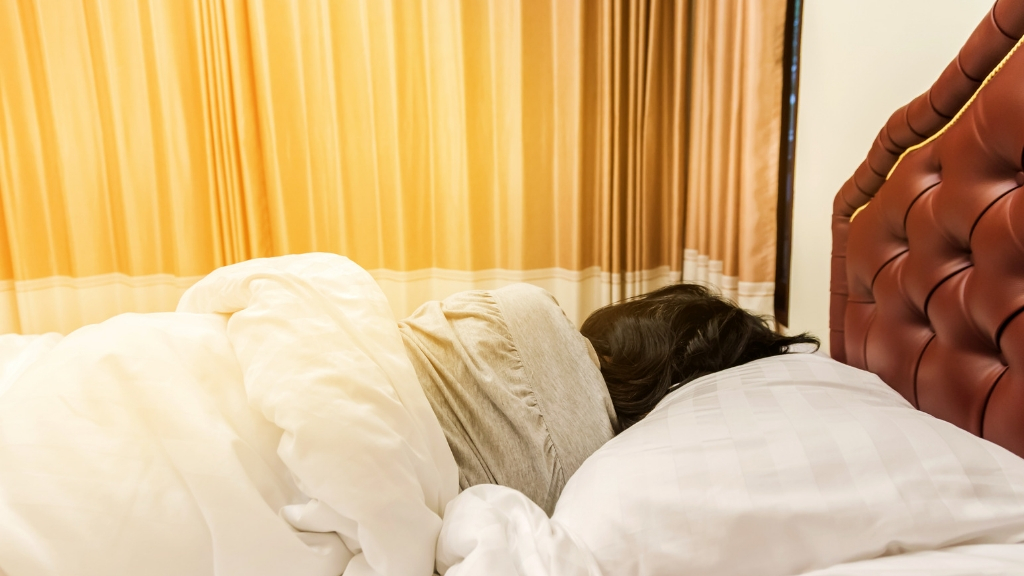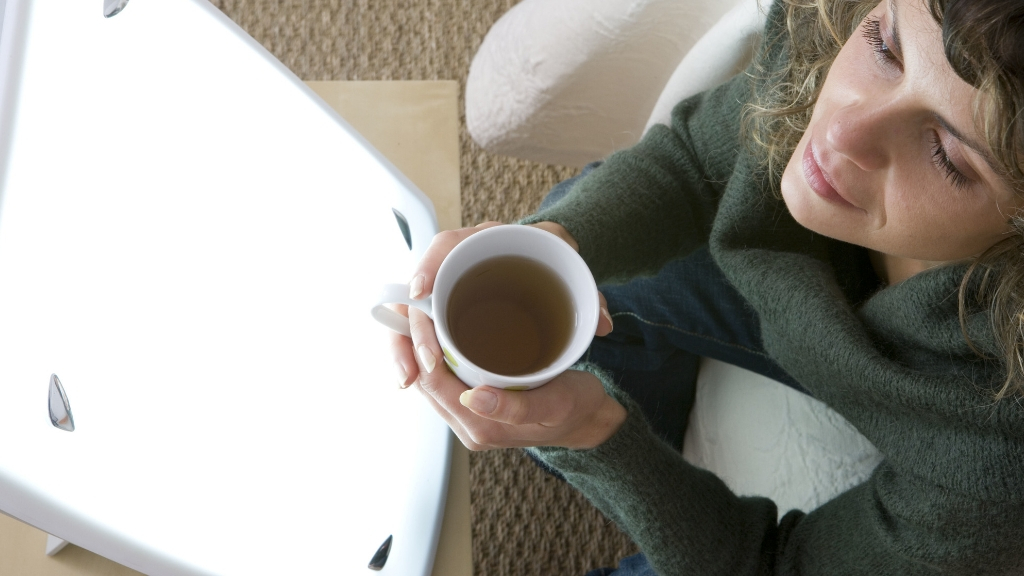7 Signs of Seasonal Affective Disorder + DIY Treatment
7 minute read
Sometimes there is more to feeling sad than you might think. If you find that you are losing interest in activities you love, are feeling depressed, and it just happens to be autumn or winter, then you may be suffering from Seasonal Affect Disorder (SAD).
If winter has you feeling depressed in a way that you aren’t in the summer, then this disorder could be the cause. Learning the signs of SAD will help you identify the problem for yourself and start trying some of the numerous treatment options available.
Beyond Feeling Blue
SAD is a common, serious mood disorder. The exact cause of SAD is unclear, but it is thought that the weather plays an important role.
Sunlight naturally increases the production of serotonin, a neurotransmitter that elevates your mood. Winter is characterized by fewer hours of sunlight in the day, so as you get less access to the sun’s happy rays, your mood can take a big hit. Sunlight deficiency helps explain why SAD is more prevalent in individuals living further from the equator.
Even in winter months, there is more access to sunlight if you live closer to the equator, therefore less risk for SAD. Living in northern latitudes means there are times of the year when it is dark when you wake up for work and dark when you head home.
Your risk for SAD is greater in these areas, especially if your daytime activities have you cooped up in a building all day.

Recognizing the Symptoms
1. Feeling Blue: Occasionally feeling sad or blue is normal, depending on the events in your life. What distinguishes SAD from other mood or depressive disorders is the time of year and your location.
When your mood gets gloomier around the same time as the weather each year, SAD is the likely suspect.
2. You just don’t care: Depression can cause apathy, i.e., you lose interest in the activities you love and withdraw from loved ones. If this happens specifically during the winter months each year, then you should consult your doctor about SAD.
3. Genetics: Having SAD in your family history will make you more susceptible. Because SAD may not have been diagnosed in older generations, many family members may not be aware they even had it.
Discuss it with your loved ones to determine if anyone suffered the common symptoms or was diagnosed.
4. Oversleeping: With longer nights during the winter, it is natural for your sleep schedule to get a little skewed. However, if you notice continued patterns of oversleeping, you might have SAD.

The exposure to more darkness naturally increases melatonin production, which induces sleepiness, so we feel tired earlier in the evening than we do in the summer. In conjunction with social withdrawal, this also can be part of the feeling of wanting to “hibernate” until spring arrives.
5. Difficulty concentrating: Sunlight boosts serotonin, which in turn boosts mood. People are more productive when they are in higher spirits, so the exact opposite can be expected with SAD.
Gloomier days come with gloomier moods and you will not be as productive or able to focus on tasks as effectively.
6. Low energy: When you hit the snooze button more than usual, cannot seem to get out of bed in the morning, and have a general lack of energy through your day, it could be SAD.
Oversleeping often comes with SAD and this tends to make you more tired, as too much sleep can be as bad for you as too little.
7. Carbohydrate overload: SAD makes you feel down and drained. You lack energy and your body’s natural response is to get energized. The quickest form of energy is carbohydrates, especially simple ones, like candy and other processed treats. This may also help explain the popularity of Chicago-style deep dish pizza in colder areas.

SAD correlates to excessive carbohydrate cravings and consumption. When combined with less activity, weight gain is an inevitable outcome.
Instead of sugars and carbohydrates, seek out healthy fats like omega-3s to keep you full, keep you happy, and prevent SAD-related weight gain. Tryptophan is a precursor to serotonin (the happy neurotransmitter), so make sure you stock up on eggs, turkey, and spinach during the winter.
DIY Treatments for Seasonal Affective Disorder
To reduce the risk of SAD, take breaks and get outdoors a few times during the day. Soak up as much fun as you can while it is in the sky and on the weekends head to a sunny destination if possible.
The sun’s role in vitamin D production is also relevant, so adding vitamin D supplements can serve as a powerful SAD antidote too. There are various ways of helping your body reduce depressive conditions as well, including a specific sort of diet and getting regular exercise.
| Related: A Hockey Legend’s Fight With Depression |
Of course, in many northern areas, there may be quite a few days without any clear skies and sunlight to enjoy. The most popular method of treatment for SAD in these cases is called phototherapy (light therapy).

Light therapy is very simple. Once you buy a specially built “lightbox,” according to the National Institute of Mental Health, “Symptoms of SAD may be relieved by sitting in front of a light box first thing in the morning, on a daily basis from the early fall until spring. Most typically, light boxes filter out the ultraviolet rays and require 20-60 minutes of exposure to 10,000 lux of cool-white fluorescent light, an amount that is about 20 times greater than ordinary indoor lighting.”
The Bottom Line
Depressive mood disorders are nothing to put off for a sunnier day. Without proper treatment, your mental health can be at serious risk.
SAD is one commonly overlooked mood disorder that needs attention, because, without it, more severe depression can take over. Watch for the signs of SAD in yourself and others and seek treatment right away.












